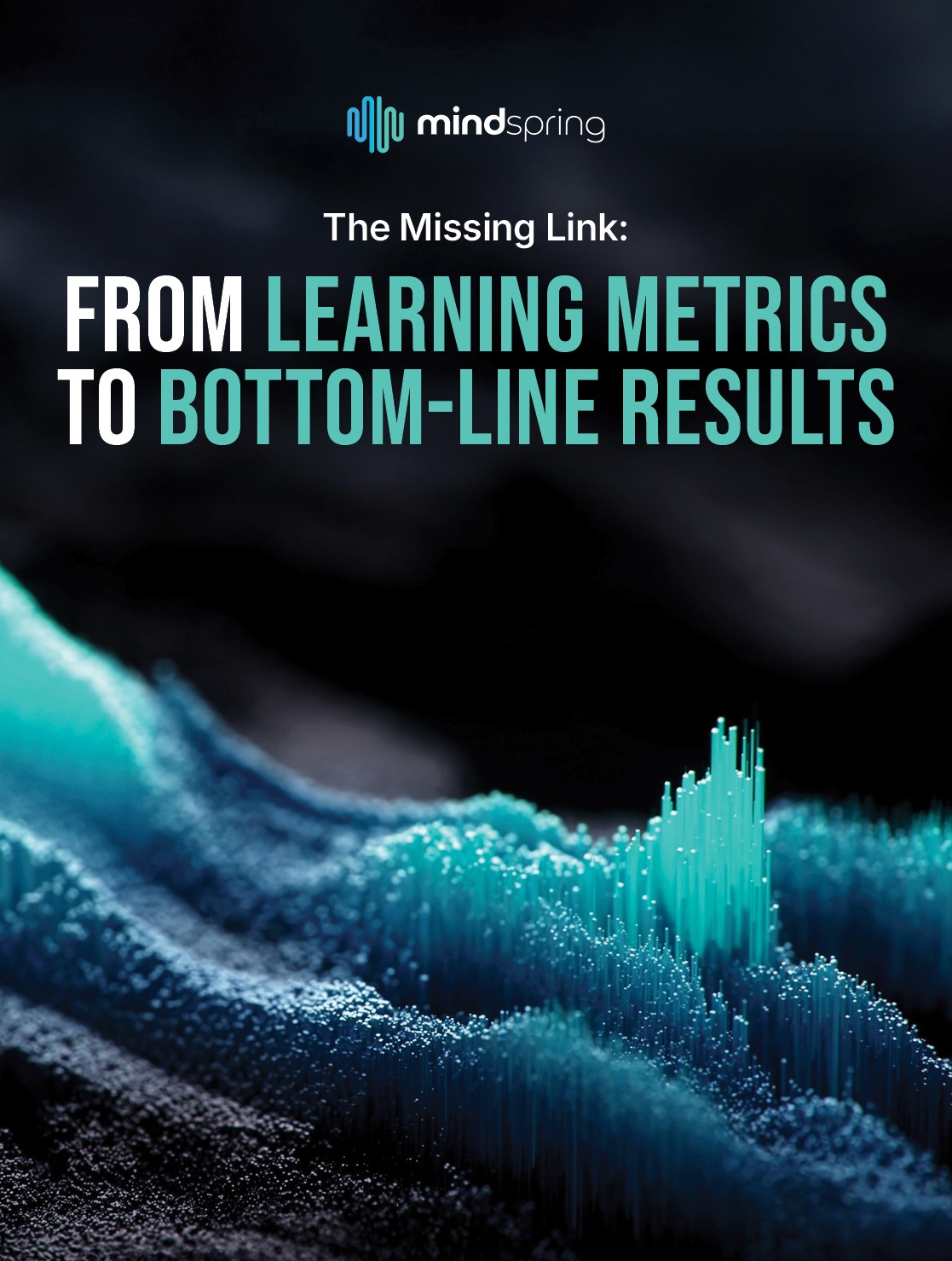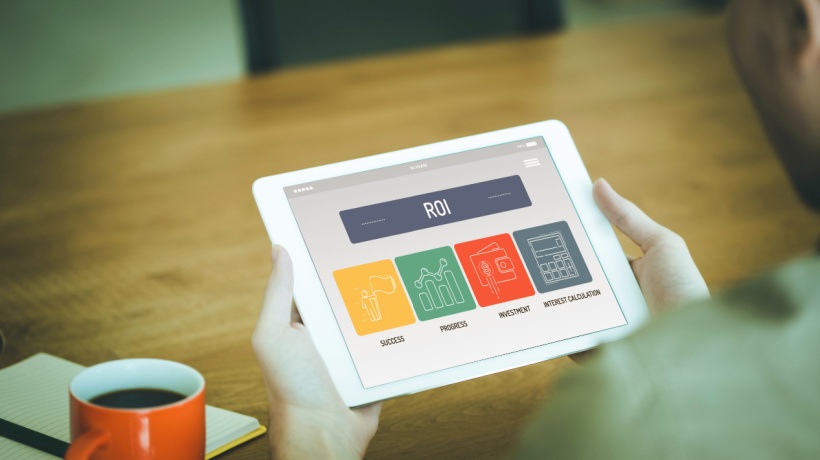Are You Set Up For Measurement Success?
At MindSpring, we've discovered that traditional Kirkpatrick evaluation often fails not because the model is flawed, but because organizations skip the most fundamental step: ensuring their own internal team and processes are set up for measurement success. That's why we've enhanced the classic four-level model with what we call Level 0: Internal Team Satisfaction and Process Evaluation.

The Traditional Kirkpatrick Levels: A Quick Refresher
Before we dive into our enhancement, let's review what most L&D professionals already know:
Level 1 - Reaction: How participants felt about the learning experience. Did they find it engaging, relevant, and well-delivered?
Level 2 - Learning: What knowledge, skills, or attitudes the participants acquired. Can they demonstrate new competencies?
Level 3 - Behavior: Whether participants apply their learning on the job. Are they using new skills in their daily work?
Level 4 - Results: The business impact of the learning experience. Did the training contribute to improved performance, reduced costs, or other organizational outcomes?
These four levels create a logical progression from immediate reactions to long-term business impact. Yet despite this seemingly straightforward framework, most organizations struggle to implement effective measurement at any level beyond the first two.
The Missing Foundation: Level 0
Here's what we've learned from working with hundreds of organizations: before you can effectively measure learner satisfaction, knowledge acquisition, behavior change, or business results, you must first ensure your internal team has the satisfaction, processes, and capabilities needed to execute measurement successfully.
Level 0 - Internal Team Satisfaction and Process Evaluation addresses the critical questions that determine measurement success:
- Team Readiness: Does your L&D team have the skills, tools, and time needed to conduct meaningful evaluation?
- Process Clarity: Are your measurement processes clearly defined, consistently executed, and continuously improved?
- Stakeholder Alignment: Do your internal stakeholders understand and support your measurement approach?
- Resource Adequacy: Do you have sufficient budget, technology, and personnel to measure what matters?
- Cultural Foundation: Is your organization's culture conducive to honest measurement and data-driven decision making?
Why Level 0 Is Your Measurement Make-Or-Break Point
Pillar 1: Team Capability And Satisfaction
Your measurement efforts are only as strong as the team executing them. Level 0 evaluation asks:
- Do team members have the analytical skills needed for data collection and interpretation?
- Are they satisfied with their measurement tools and processes?
- Do they feel confident in their ability to communicate results to stakeholders?
- Are they experiencing measurement fatigue or feeling overwhelmed by evaluation demands?
Measurement Approach: Conduct quarterly team assessments focusing on measurement confidence, tool satisfaction, and process efficiency. Track team retention and engagement specifically related to evaluation responsibilities.
Pillar 2: Process Excellence And Consistency
Inconsistent measurement processes produce inconsistent results. Level 0 evaluation examines:
- Are measurement processes clearly documented and regularly followed?
- How long does it take to collect and analyze data at each Kirkpatrick level?
- What percentage of planned measurements are completed as designed?
- How often do process improvements occur based on lessons learned?
Measurement Approach: Establish process metrics like measurement completion rates, time-to-insight, and process adherence scores. Create feedback loops for continuous process improvement.
Pillar 3: Stakeholder Engagement And Support
Even the best measurement efforts fail without stakeholder buy-in. Level 0 evaluation tracks:
- How satisfied are business leaders with the relevance and quality of measurement reports?
- Are stakeholders providing necessary support for data collection (time, access, resources)?
- Do stakeholders understand and value the measurement approach?
- How frequently do measurement insights influence business decisions?
Measurement Approach: Survey key stakeholders on measurement value perception, report usefulness, and support willingness. Track how often measurement insights lead to program changes or strategic decisions.
Pillar 4: Resource Alignment And Sustainability
Measurement efforts must be sustainable to be valuable. Level 0 evaluation considers:
- Is the measurement budget adequate for planned evaluation activities?
- Are technology platforms supporting or hindering measurement efforts?
- How does measurement workload affect other L&D priorities?
- Are measurement efforts scalable as programs grow?
Measurement Approach: Track measurement cost-per-program, technology satisfaction scores, and resource allocation balance between delivery and evaluation.
How Each Enhanced Kirkpatrick Model Level Connects To Business Impact
With Level 0 as your foundation, the traditional Kirkpatrick levels become exponentially more powerful:
Level 0 → Level 1: When your team is confident and your processes are solid, you collect more honest, comprehensive reaction data.
Level 1 → Level 2: Quality reaction data helps you refine learning experiences, leading to better knowledge acquisition.
Level 2 → Level 3: Strong learning outcomes, supported by robust measurement processes, make behavior change more likely and easier to detect.
Level 3 → Level 4: Consistent behavior change, tracked through reliable processes by a capable team, creates measurable business impact.
Level 4 → Level 0: Business results validate your measurement approach and provide data for continuous improvement of your evaluation capabilities.
Common Pitfalls At Each Level And How To Avoid Them
Level 0 Pitfalls
- Assuming your team is ready without checking: Regularly assess team measurement confidence and capabilities
- Underestimating the time needed for quality measurement: Build realistic measurement timelines into project plans
- Skipping stakeholder alignment: Invest early in stakeholder education about measurement value and requirements
Level 1 Pitfalls
- Relying only on end-of-course surveys: Gather reaction data throughout the learning experience
- Asking generic questions: Tailor reaction measurements to specific learning objectives and business goals
- Ignoring negative feedback: Use critical feedback as improvement opportunities
Level 2 Pitfalls
- Measuring only knowledge retention: Include skill demonstration and attitude change assessments
- Testing immediately after training: Measure learning retention over time, not just initial acquisition
- Using one-size-fits-all assessments: Customize learning measurements to different roles and experience levels
Level 3 Pitfalls
- Expecting immediate behavior change: Allow adequate time for new behaviors to develop and stabilize
- Relying solely on self-reporting: Include manager observations and objective performance data
- Measuring in isolation: Consider environmental factors that support or hinder behavior change
Level 4 Pitfalls
- Choosing irrelevant business metrics: Ensure selected metrics directly connect to learning objectives
- Ignoring baseline measurements: Establish pre-training performance levels for comparison
- Claiming causation without proper controls: Use attribution methods that account for other influencing factors
Breaking Through The Level 2 Ceiling
Most organizations get stuck measuring only reactions and learning, never progressing to behavior and results measurement. This happens because they skip Level 0 foundation-building and encounter insurmountable obstacles at Level 3.
The breakthrough strategy: Invest 20% of your measurement effort in Level 0 excellence. When your team is confident, your processes are solid, and your stakeholders are engaged, Levels 3 and 4 become achievable rather than aspirational.
In our experience working with learning organizations, those that invest in strong foundational measurement capabilities consistently achieve better results in both business impact measurement and stakeholder engagement with their L&D evaluation efforts.
The Enhanced Kirkpatrick Model: Your Level 0 Quick Assessment
Rate your organization on each Level 0 pillar (1-5 scale):
Team Capability: Does your team have the skills and confidence needed for comprehensive measurement?
Process Excellence: Are your measurement processes consistent, efficient, and continuously improving?
Stakeholder Engagement: Do business leaders value and support your measurement efforts?
Resource Alignment: Do you have adequate budget, technology, and time for quality measurement?
Total Score Interpretation:
- 16-20: Strong Level 0 foundation - ready for advanced measurement
- 12-15: Good foundation with room for targeted improvements
- 8-11: Moderate foundation - focus on strengthening weak pillars before expanding measurement
- Below 8: Build Level 0 foundation before investing heavily in other levels
The enhanced Kirkpatrick model isn't just about adding another level - it's about ensuring your measurement efforts are built on a foundation that can support meaningful, sustainable evaluation. When you get Level 0 right, everything else becomes not just possible, but powerful.
In our eBook, The Missing Link: From Learning Metrics To Bottom-Line Results, we dive deep into Level 4 and beyond, exploring how to measure true business impact once you've established the foundation for measuring success.










